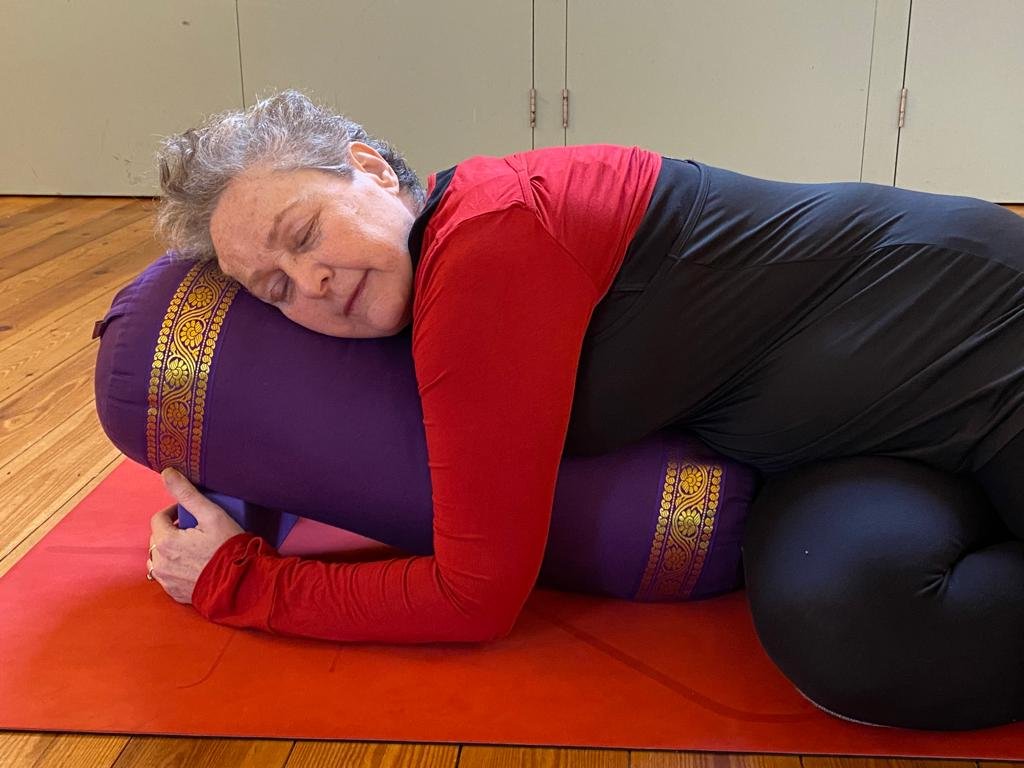Discover Sound Therapy in Gower
I’m excited to be training as a Sound Therapy Practitioner, and when I qualify later this year, I’ll be able to offer 1-1 Sound Therapy sessions, alongside the group Sound Baths I already run.
Sound therapy is a gentle, non-invasive form of sensory healing. It uses sound, vibration, and music to help calm the nervous system, ease emotional and physical tension, and support overall wellbeing. This holistic approach can be helpful for those experiencing stress, anxiety, or simply needing time to reset.

What is Sound Healing?
Sound therapy is a sensory therapy: a gentle and non-invasive holistic approach using sounds, music, and vibrations to support physical and psychological well-being, and relieve stress, anxiety, and other conditions.
Sessions last 45 mins. The recipient lies down, whilst the practitioner creates a ‘cocoon of sound’ around them, playing various instruments using specific frequences, tones and vibrations to induce a state of deep relaxation. Each session is personalised, and tailored to the needs of that individual.
Instruments used include: Singing bowls (Himalayan and crystal), Gongs, Koshi chimes, rain sticks, and voice.
What the Science Says
We all know the value of music in our lives, so it’s not surprising that sound therapy has been found to be beneficial. In general, sound therapy helps us to get into a meditative state more easily, by soothing and regulating our nervous system. Long, lingering tones activate the vagus nerve, shifting us into ‘rest and digest’ mode: our blood pressure and heart rate go down, and we feel more relaxed.
In a University of California study, Himalayan singing bowls and meditation noticeably decreased stress and anger, especially in those new to the practice. In another, low-frequency sound helped reduce pain levels in fibromyalgia patients, significantly increasing the amount of time they could both sit and stand without pain.
Low-frequency sound has also shown encouraging results for the treatment of depression, in a 2019 pilot study. In the NHS, some Trusts use sound therapy to support mental health recovery. It can also help with our hearing health, and is recommended by Tinnitus UK.
-
If you’d like to explore this topic in more detail, here are some studies I’ve discovered.
https://journals.sagepub.com/doi/full/10.1177/2156587216668109
https://pmc.ncbi.nlm.nih.gov/articles/PMC4325896/
https://pubmed.ncbi.nlm.nih.gov/23541122/
https://onlinelibrary.wiley.com/doi/10.1002/brb3.1399
https://tinnitus.org.uk/wp-content/uploads/2024/08/Tinnitus-UK-Sound-Therapy-Leaflet.pdf


